Gorilla Trekking
Gorilla Trekking Tips
Gorilla Trekking Tips to help you plan your gorilla safari to Uganda or Rwanda.
For most travellers, trekking the Gorillas ranks among one of the absolute highlights of a trip to Uganda, and the awesome feeling that you get being before these creatures is indescribable. Gorilla tracking is a thrilling experience as the guide leads you through the gorilla’s world, explaining aspects of their ecology and behaviour along the way. Tracking times do vary and can be anything from as little as 30 minutes to 7 hours! But your efforts will be rewarded when you finally come face-to-face with one of nature’s greatest animals.
Information on Mountain Gorillas shows that the endangered Mountain Gorillas won’t be found in any zoo in the world (they do not survive in captivity and there are no surviving mountain gorillas in zoos), you can only find them and see them in Africa, in the countries of Uganda, Rwanda, and the Democratic Republic of Congo. According to census data released by the recent census by the Uganda Minister of Tourism Wildlife and Antiquities -, there are only about 880 Mountain Gorillas left in the world and over 400 of those live in Bwindi Impenetrable Forest alone. Others can be found in Mgahinga Gorilla National Park in Uganda, Volcanoes National Park in Rwanda and Virunga National Park in the Democratic Republic of Congo.
Let’s visit some of the gorilla trekking tips or guidelines to make your trip a success.
The Way to the Gorillas
- A maximum number of 8 visitors may visit a group (family) of habituated Gorillas in a day. This minimizes behavioural disturbances to the Gorillas and the risk of their exposure to human-borne diseases.
- Always wash your hands before you head out to the Gorillas.
- Do not leave rubbish in the park. Whatever you bring into the forest should be carried back with you.
- You will be taken to where the guides left the gorillas the day before. From there you will follow the Gorillas’ trail to find them. Look out for the Gorillas nesting sites along the way.
- When you approach the Gorillas, the guides will inform you when to get your cameras ready.
- Please always keep your voices low. This will ensure that you will be able to observe the beautiful birds and other wildlife in the forest.
When You Are With the Gorillas
- Keep a minimum distance of 7 meters (21 feet) from the Gorillas. (This reduces the risk of transmitting diseases between humans and Gorillas.
- Keep your voices low at all times. However, it is okay to ask the guide questions.
- Do not eat or drink while you are near the Gorillas.
- Sometimes the Gorillas charge. Follow the guide’s example by crouching down slowly, and do not look at the Gorillas in the eyes. Wait for the gorilla to pass you by and do not attempt to run away (this will increase the risk of attack).
- Flash photography is not permitted, when taking pictures, move slowly and carefully.
- Do not touch the Gorillas. They are wild animals.
- The maximum time visitors are allowed to spend with the Gorillas is one hour; however, if the Gorillas become agitated or nervous, the guide will end the visit early.
- After the visit, keep your voices low until you are at least 200 meters away from the Gorillas.
Momma gorilla sniffing baby while auntie looks on, Volcanoes National Park, Rwanda
General Health Rules
Gorillas are very susceptible to human diseases. The following guidelines are to ensure that you minimize the risk your visit might pose to them.
- Respect the limit imposed on the time that visitors are allowed with the Gorillas each day. This minimizes the risk of disease transmission and stress to the group.
- If you are feeling ill, or have a contagious disease when you are already at the park, please volunteer to stay behind. An alternative visit will be arranged for you, or you will be refunded (as per the gorilla reservation guidelines).
- If you feel the urge to cough or sneeze when you are near the Gorillas, please turn your head away and cover your nose and mouth in order to minimize the spread of bacteria or germs.
- Always stay 7 meters (21 feet) away from the Gorillas. The further back you are, the more relaxed the group will be.
- Do not leave any rubbish e.g. food wrappers in the park. Such items can harbour diseases or other contaminants.
- If you need to go to the toilet while in the forest, please ask the guide to dig you a hole. Fill it when you have finished.
What to Bring
Given that Gorilla tracking involves a lot of walking on rough, mountainous terrain, a tracker is advised to:
- Bring shoes with good traction, suitable for steep muddy slopes.
- Carry rain gear, sunscreen and a hat, as the weather is unpredictable.
- Carry enough water and food.
- Carry binoculars
- Carry a good camera that can take photographs of black animals in dim light without a flash. A monopod can also be very helpful.
